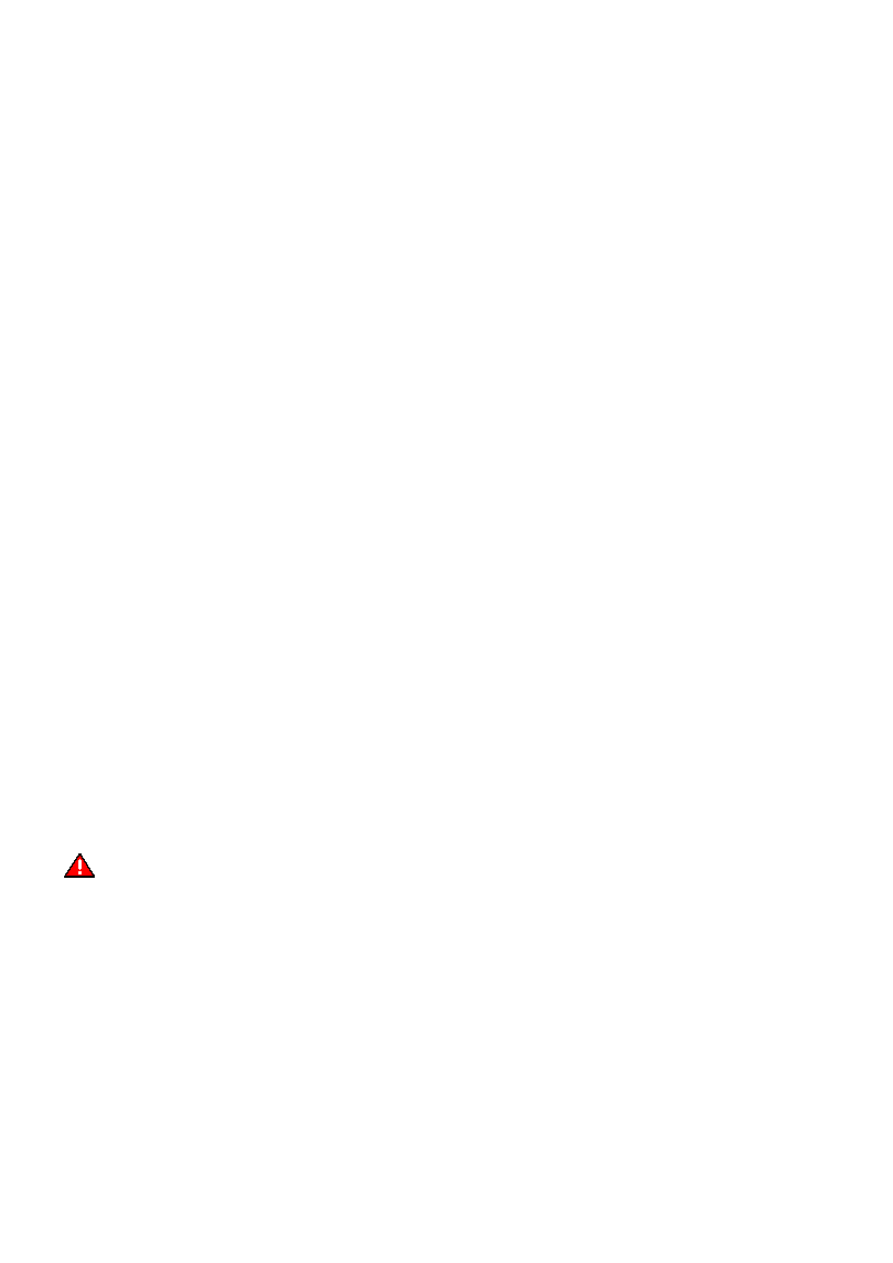Frelander 2. Manual - part 10

Flammable - OBSERVE NO SMOKING POLICY.
Irritation of the mouth and throat may result from swallowing. The main hazard from swallowing arises if liquid aspiration
into the lungs occurs.
Liquid contact dries the skin and can cause irritation or dermatitis. Splashes in the eye may be slightly irritating.
In normal circumstances the low volatility does not give rise to harmful vapors. Exposure to mists and vapors from
kerosene at elevated temperature should be avoided (mists may arise in dewaxing). Avoid skin and eye contact and make
sure there is adequate ventilation.
If swallowed, DO NOT induce vomiting - SEEK IMMEDIATE MEDICAL ATTENTION.
Gas Cylinders
Gases such as oxygen, acetylene, argon and propane are normally stored in cylinders at pressures of up to 138 bar (13800
kPa) (2000 lbf/in²) and great care should be taken in handling these cylinders to avoid mechanical damage to them or to
the valve gear attached. The contents of each cylinder should be clearly identified by appropriate markings.
Cylinders should be stored in well ventilated enclosures, and protected from ice and snow or direct sunlight. Fuel gases,
for example acetylene and propane should not be stored in close proximity to oxygen cylinders.
Care should be exercised to prevent leaks from gas cylinders and lines and also to avoid sources of ignition.
Only trained personnel should undertake work involving gas cylinders.
General Workshop Tools and Equipment
It is essential that all tools and equipment are maintained in good condition and the correct safety equipment is used
where required.
Never use tools or equipment for any purpose other than that for which they were designed. Never overload equipment
such as hoists, jacks, axle and chassis stands or lifting slings. Damage caused by overloading is not always immediately
apparent and may result in a fatal failure the next time that the equipment is used.
Do not use damaged or defective tools or equipment, particularly high speed equipment such as grinding wheels. A
damaged grinding wheel can disintegrate without warning and cause serious injury.
Wear suitable eye protection when using grinding, chiselling or sand blasting equipment.
Wear a suitable breathing mask when using abrasive blasting equipment or using spraying equipment.
Make sure there is adequate ventilation to control dusts, mists and fumes.
High Pressure Air, Lubrication and Oil Test Equipment
Always keep high pressure equipment in good condition, and regularly maintained, particularly at joints and unions.
Never direct a high pressure nozzle, for example diesel injector, at the skin as the fluid may penetrate to the underlying
tissue and cause serious injury.
Jacking
Always refer to the Jacking and Lifting section of this manual prior to raising the vehicle off the ground.
When vehicle is to be raised by means of a jack, ensure that it is standing on level ground, that parking brake is applied
and wheels are chocked. ALWAYS use the recommended jacking points and ensure that vehicle jack has sufficient load
capacity for the weight of the vehicle.
WARNING: Do not work on or under a vehicle supported only by a jack. Always support the vehicle on safety stands.
Ensure that hoists have sufficient load capacity for the weight of the vehicle.
Legal Aspects
There are many laws and regulations relating to health and safety in the use and disposal of materials and equipment in a
workshop.
For a safe working environment and to avoid environmental pollution, workshops should be familiar, in detail, with the
many health and safety laws and regulations within their country, published by both national and local authorities.
Lubricants and Greases
Avoid all prolonged and repeated contact with mineral oils. All lubricants and greases may be irritating to the eyes and
skin.
Used Engine Oil
Prolonged and repeated contact with engine oil will result in the removal of natural fats from the skin, leading to dryness,
irritation and dermatitis. In addition, used engine oil contains potentially harmful contaminants which may cause skin
cancer. Adequate means of skin protection and washing facilities must be provided.
Do not employ used engine oils as lubricants or for any application where appreciable skin contact is likely to occur.